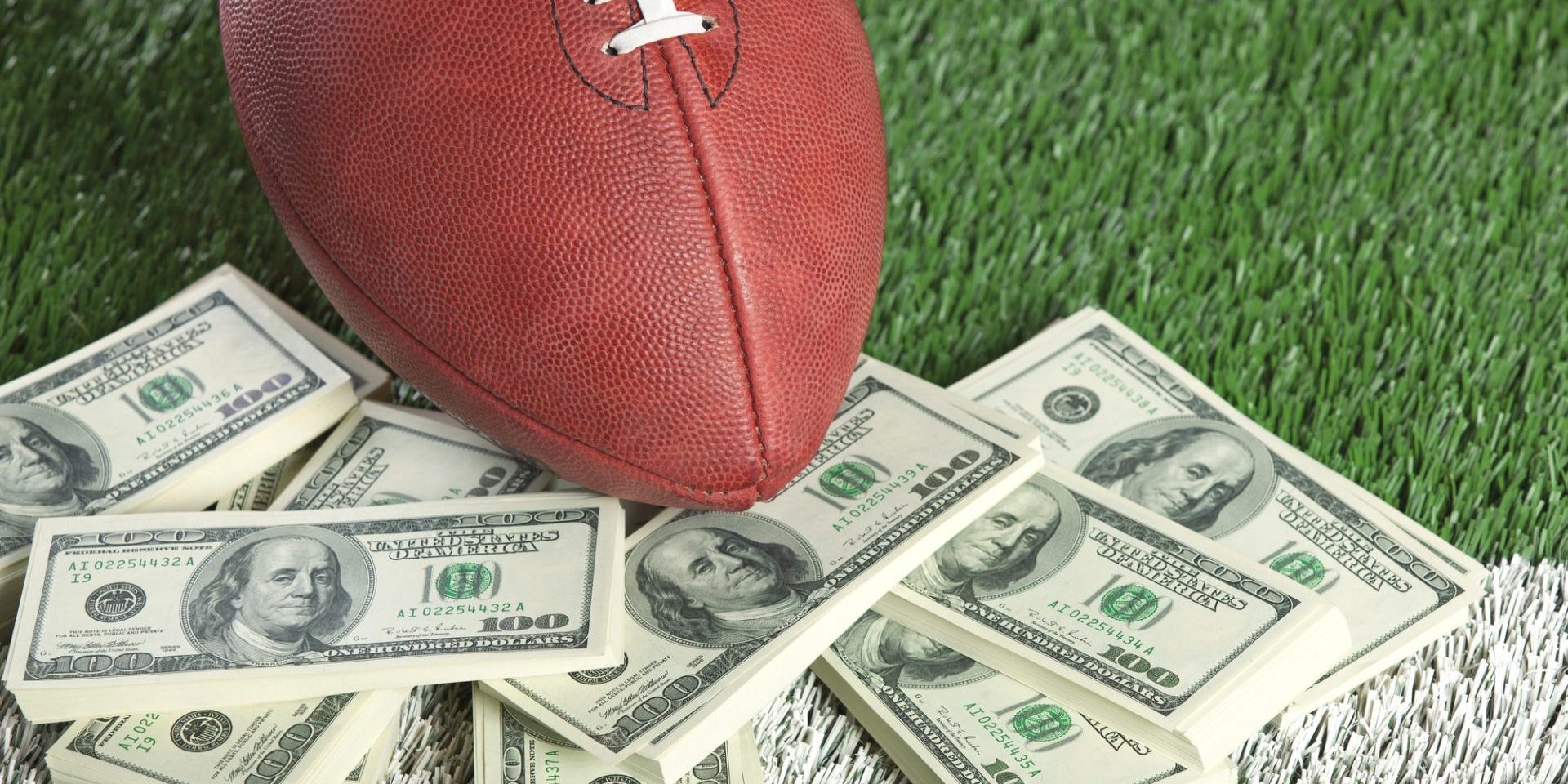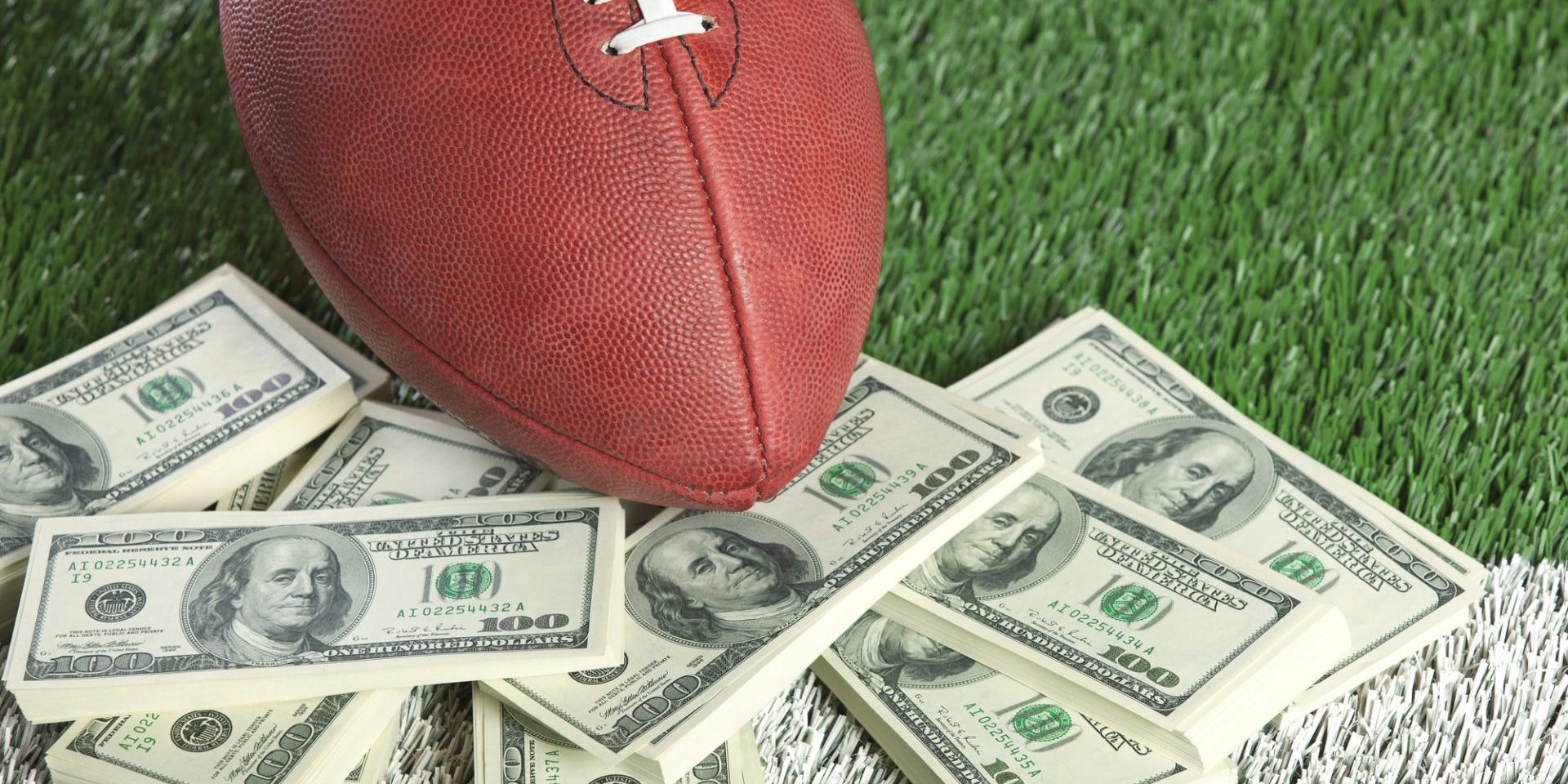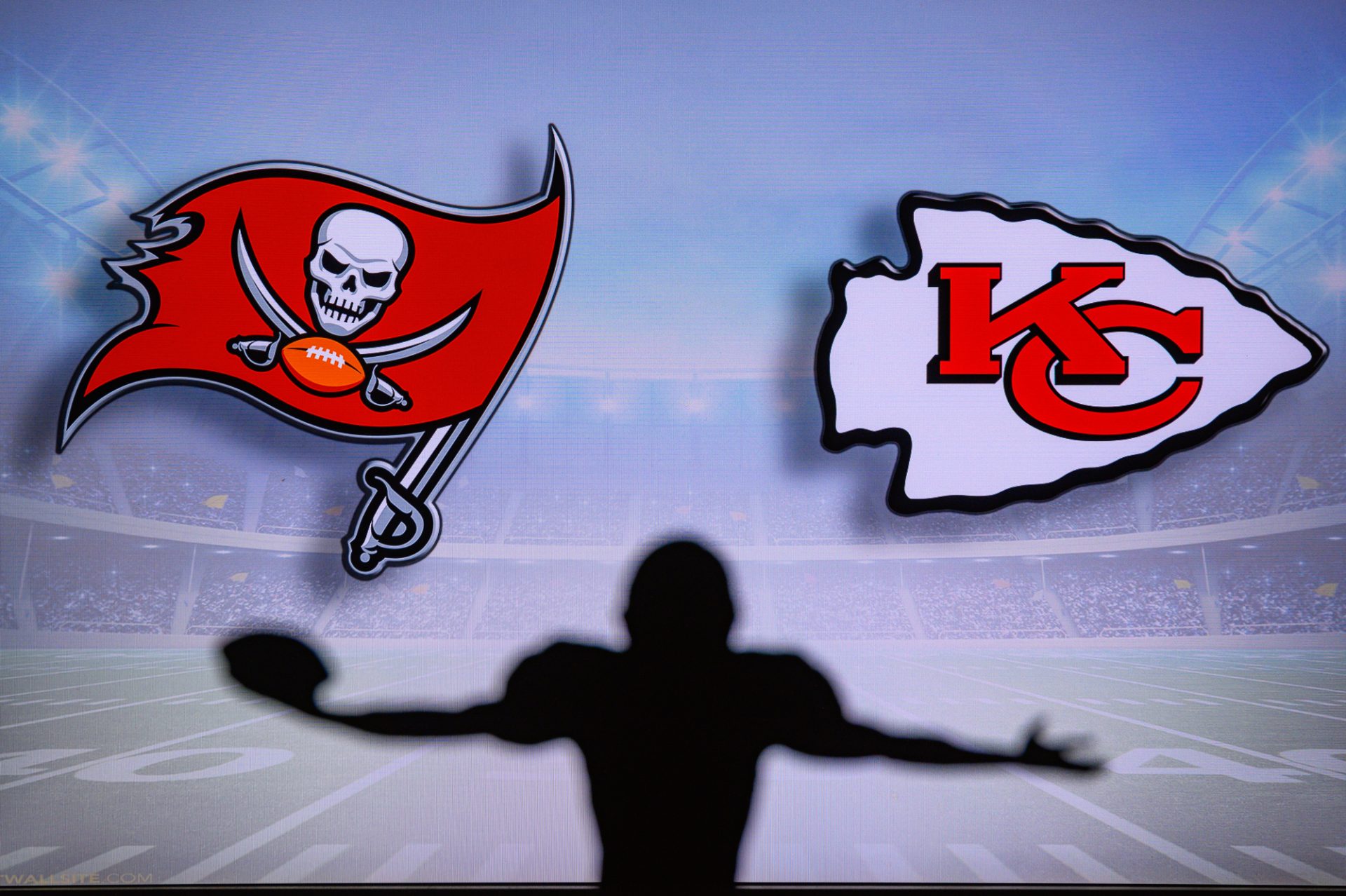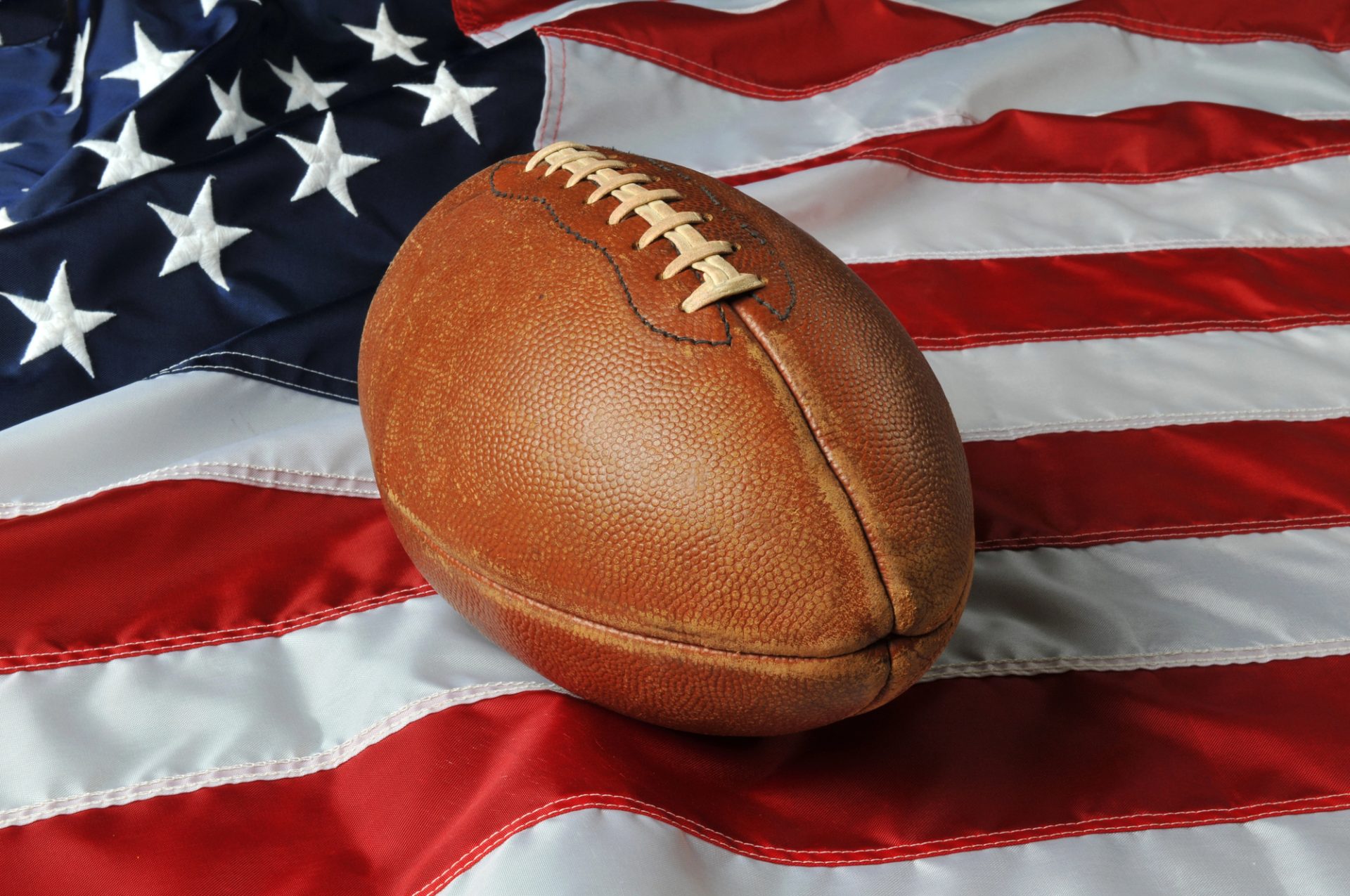How the NFL Salary Cap Works: A Breakdown of Contracts, Dead Money, and Extensions


Table of Contents
The NFL salary cap plays a crucial role in maintaining competitive balance across the league. Set at $255.4 million for the 2024 season, it represents a significant increase from previous years. The cap limits how much each team can spend on player salaries, forcing franchises to make strategic decisions about roster construction and contract negotiations.
NFL teams must carefully manage their cap space through various accounting methods. This includes structuring contracts with signing bonuses, incentives, and guaranteed money. Dead money – cap charges for players no longer on the roster – can also impact a team’s financial flexibility.
Understanding the intricacies of the NFL salary cap is essential for fans, analysts, and team executives alike. From contract triggers to cap relief techniques, the system influences everything from free agency signings to draft strategies. As the league’s revenues grow, so too does the complexity of cap management.
Understanding NFL Salary Cap Fundamentals
The NFL salary cap is a complex system that regulates team spending and promotes league-wide competition. It involves intricate financial rules and calculations that impact roster construction and player contracts.
Defining the Salary Cap and Its Purpose
The NFL salary cap is a limit on the amount of money teams can spend on player salaries in a given year. For the 2024 season, the cap is set at $255.4 million per team. This figure represents a significant increase from previous years.
The cap serves several important functions:
- Promoting competitive balance
- Controlling league-wide player costs
- Encouraging financial stability for teams
By restricting spending, the cap helps prevent wealthy teams from dominating the league through excessive payrolls. It also protects team owners from overspending and maintains a level playing field for all franchises.
The Role of the Collective Bargaining Agreement
The collective bargaining agreement (CBA) between the NFL and the NFL Players Association (NFLPA) establishes the framework for the salary cap. This agreement outlines how league revenues are shared between owners and players.
Key aspects of the CBA related to the salary cap include:
- Revenue sharing percentages
- Minimum team spending requirements
- Rules for calculating cap figures
The CBA aims to balance the interests of players and team owners. It provides mechanisms for cap adjustments based on league revenue growth and sets guidelines for contract structures and player benefits.
Components of NFL Contracts and Their Impact on the Salary Cap
NFL contracts contain several key elements that affect a team’s salary cap. These include guaranteed money, signing bonuses, and various incentives that can impact a player’s cap hit.
Guaranteed Money and Its Implications
Guaranteed money in NFL contracts represents the amount a player will receive regardless of performance or roster status. This can include base salaries, signing bonuses, and other guaranteed payments. Guaranteed money plays a significant role in contract negotiations and can affect a team’s long-term cap planning.
Teams must carefully balance guaranteed money with potential future cap constraints. Highly guaranteed contracts can limit roster flexibility in later years. If a player with substantial guaranteed money underperforms or suffers an injury, it can lead to “dead money” on the cap.
Dead money occurs when a team releases or trades a player with remaining guaranteed money. This amount still counts against the cap, even though the player is no longer on the team.
Signing Bonuses and Bonus Prorating
Signing bonuses are a common tool used by NFL teams to manage their salary cap. These upfront payments are spread or “prorated” over the length of the contract for cap purposes, up to a maximum of five years.
For example, a $10 million signing bonus on a five-year contract would count as $2 million against the cap each year. This allows teams to offer attractive upfront money to players while spreading the cap impact.
Prorating can help teams stay under the cap in the short term, but it can lead to future cap challenges if a player is released before the end of their contract. The remaining prorated bonus money accelerates onto the current year’s cap as dead money.
Roster Bonuses and Incentives
Roster bonuses and incentives add complexity to NFL contracts and cap management. Roster bonuses are typically paid if a player is on the team’s roster on a specific date. These can be used to create decision points for teams regarding a player’s future.
Incentives in contracts are classified as “likely to be earned” (LTBE) or “not likely to be earned” (NLTBE). LTBE incentives count against the current year’s cap, while NLTBE incentives only count if achieved.
Teams can use these contract elements to create flexible cap structures. For instance, a player might have a lower base salary with achievable incentives, allowing the team to reward performance without guaranteeing the full amount against the cap.
Managing the Salary Cap
NFL teams employ various strategies to optimize their cap situations. These approaches involve careful contract structuring, strategic extensions, and managing dead money to maximize roster potential within financial constraints.
Strategies for Cap Space Maximization
NFL teams use several tactics to create cap space. Backloading contracts pushes larger cap charges into future years. Teams may offer signing bonuses, which are prorated over the contract length for cap purposes. This allows for lower initial cap hits.
Void years are another tool. These fictional contract years spread out cap charges without requiring actual player commitment. Teams also utilize incentives and performance bonuses. These count against the cap only if achieved, providing flexibility.
Timing of transactions matters. Post-June 1 cuts spread dead money over two seasons instead of one. Trading players after June 1 has similar effects, helping teams manage cap impacts.
Restructuring Contracts and Extensions
Contract restructures convert salary into signing bonuses to lower immediate cap hits. This provides short-term relief but increases future obligations. Extensions serve a dual purpose – securing player services and managing cap space.
By extending contracts, teams can spread cap charges over more years. This lowers annual cap hits but carries risks if player performance declines. Careful consideration of player age and projected performance is critical.
Some teams use “dummy years” in extensions. These years are unlikely to be played but help with cap calculations. The NFL salary cap’s complexity requires teams to balance immediate needs with long-term financial health.
The Impact of Dead Money
Dead money represents cap charges for players no longer on the team. It results from releasing or trading players with remaining guaranteed money. This can significantly impact a team’s cap flexibility.
In 2020, the Patriots had over $31.78 million in dead cap space, including $13.5 million for Tom Brady. Large dead money charges can hamper a team’s ability to sign free agents or extend current players.
Teams must weigh the benefits of moving on from a player against the cap penalties. Spreading dead money over multiple years through post-June 1 designations can lessen the immediate impact. Effective management of dead money is crucial for maintaining roster flexibility and competitiveness.
The NFL Draft and Salary Cap Dynamics
The NFL draft plays a crucial role in shaping team rosters and financial strategies. Draft picks come with predetermined salary structures, impacting how teams allocate their cap space and plan for the future.
Draft Picks and Their Salary Implications
NFL teams must carefully consider the financial aspects of their draft selections. Each draft slot carries a specific salary range based on the NFL’s collective bargaining agreement. First-round picks typically command higher salaries and larger signing bonuses compared to later rounds.
Teams often trade draft picks to move up or down in the selection order. These trades can significantly affect a team’s salary cap situation. Acquiring higher picks usually means taking on larger salary commitments, while trading down can create more cap flexibility.
The salary implications of draft picks extend beyond the current year. Teams must account for future cap hits when planning their long-term roster strategy.
Rookie Contracts and the Salary Cap
Rookie contracts in the NFL are structured to provide cost certainty for teams. These deals typically last four years for most players, with first-round picks having a fifth-year option. The rookie wage scale sets predetermined salaries based on draft position.
This system allows teams to acquire young talent at relatively low costs compared to veteran players. It’s particularly valuable for positions like quarterback, where top performers can demand massive contracts.
Rookie deals can create significant cap advantages. Teams with star players on rookie contracts, like Jalen Hurts before his extension, have more cap space to spend on other positions. This extra flexibility can be a powerful tool for roster building.
However, teams must plan for the future. When rookie contracts expire, players often seek substantial raises, which can strain the salary cap if not managed properly.





